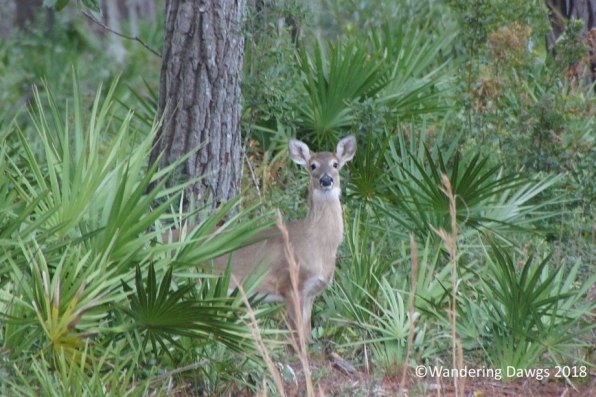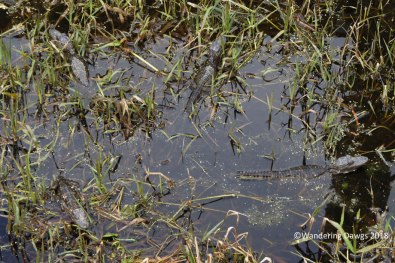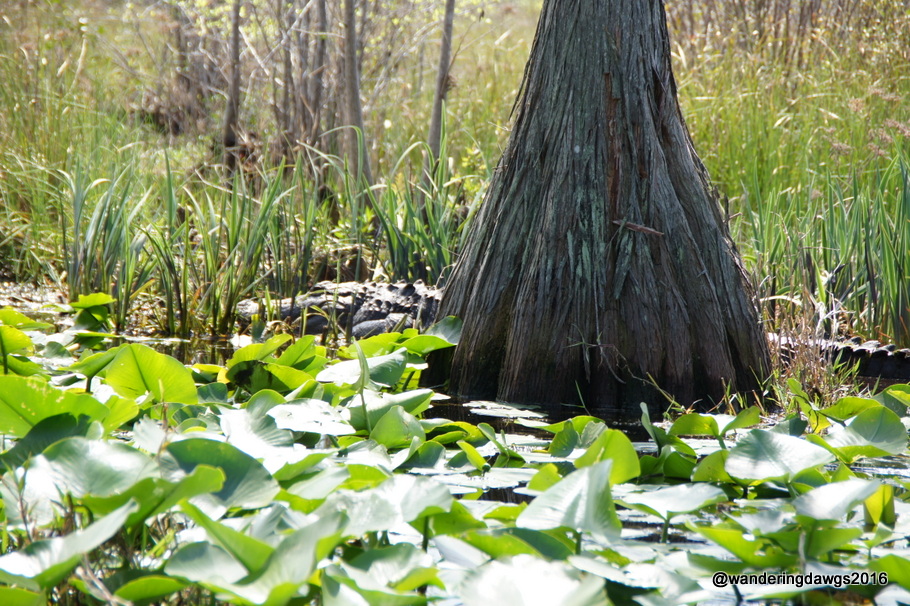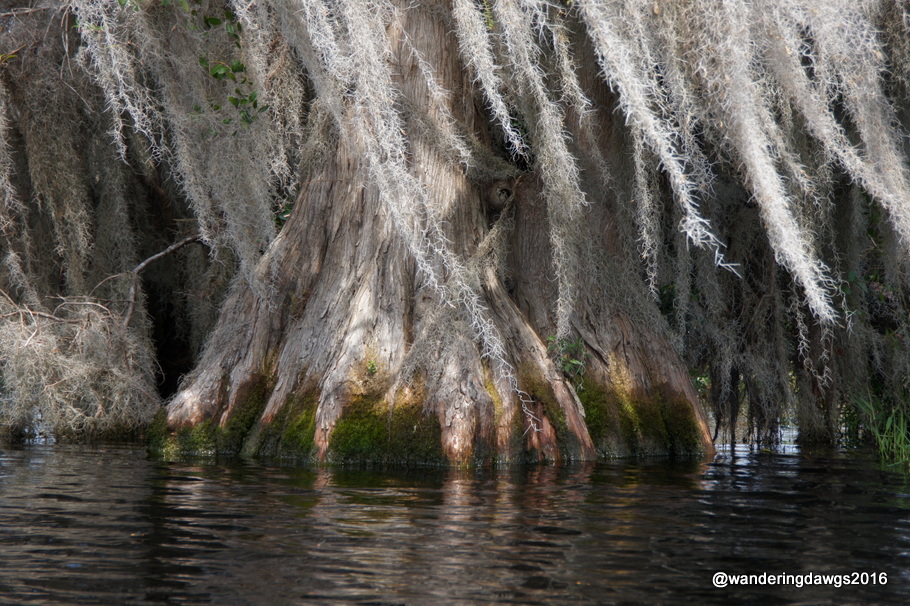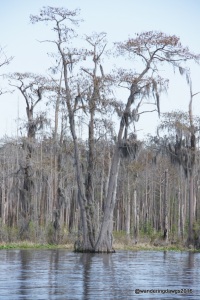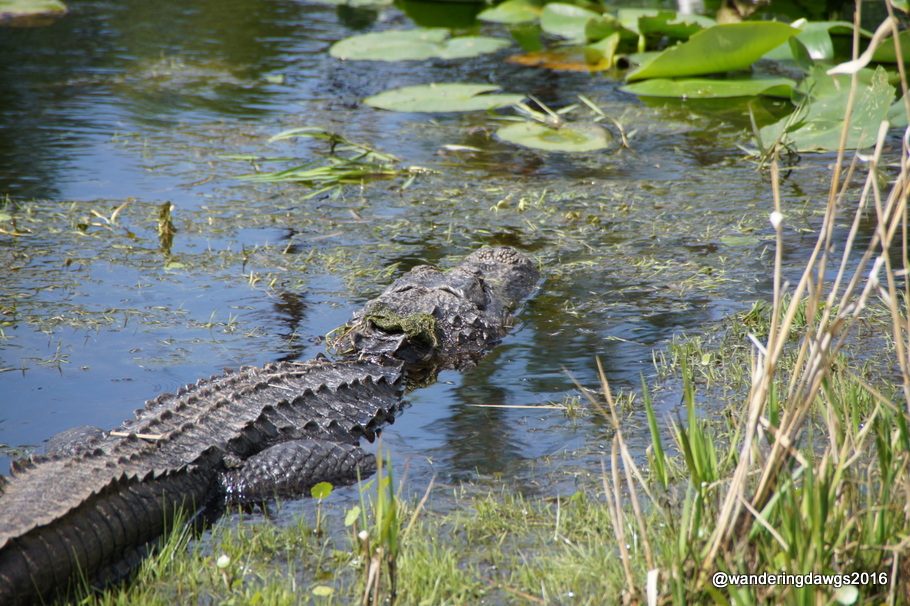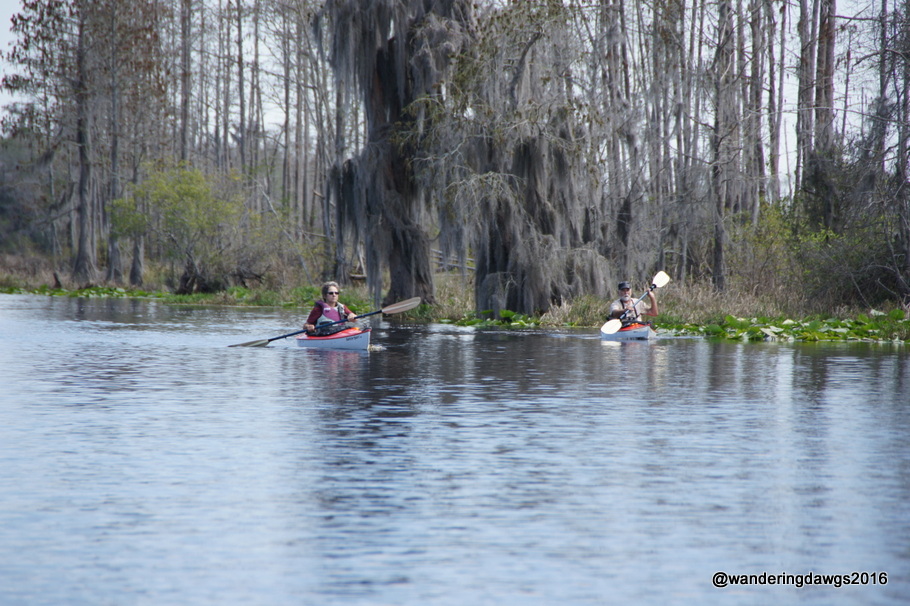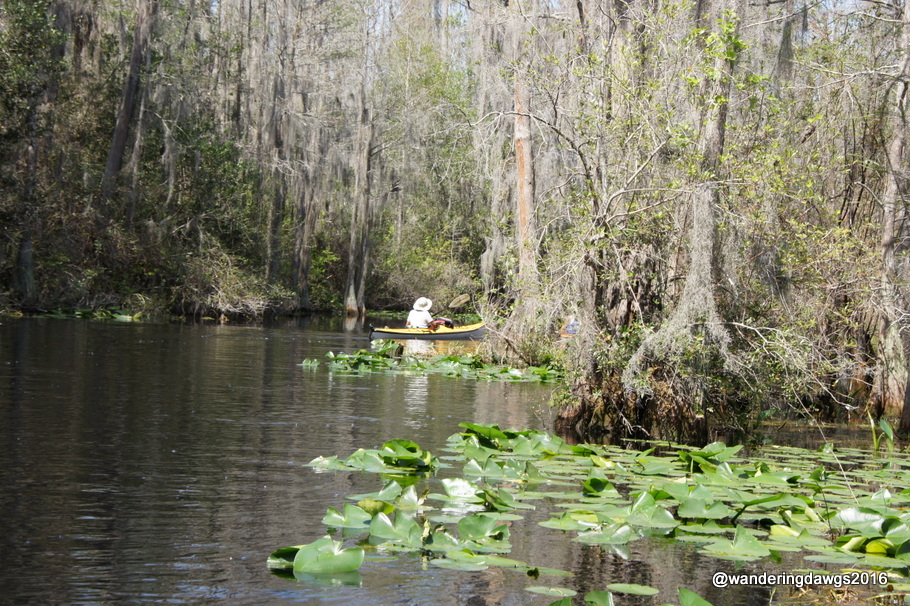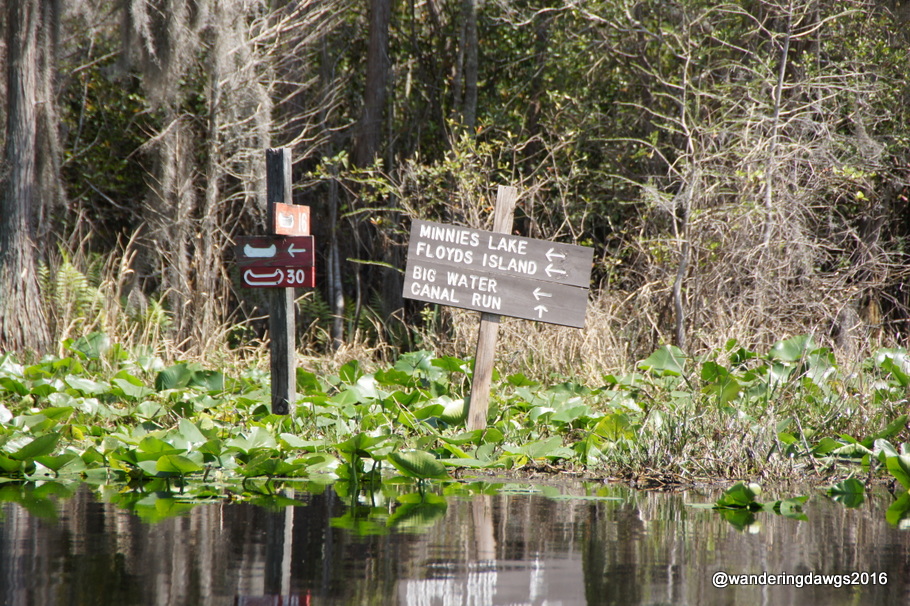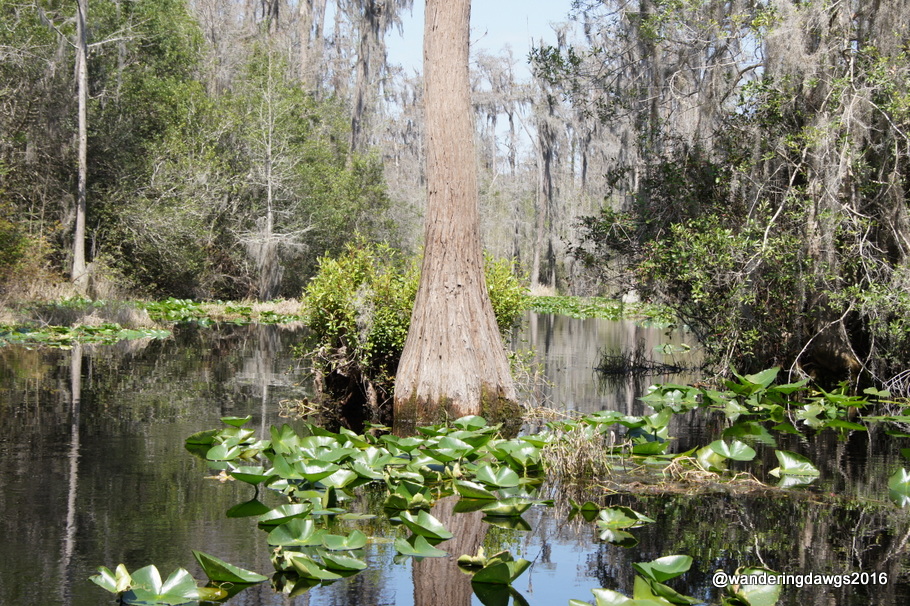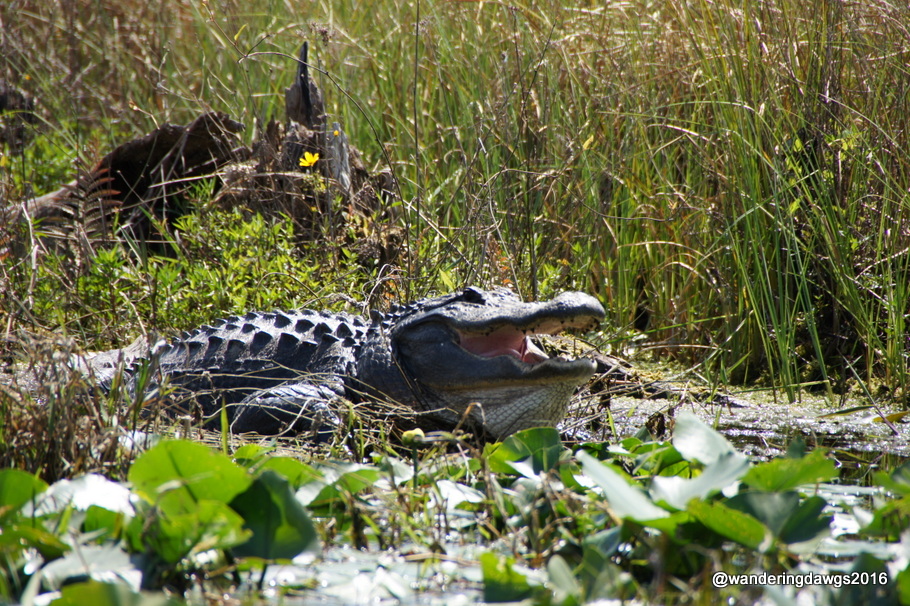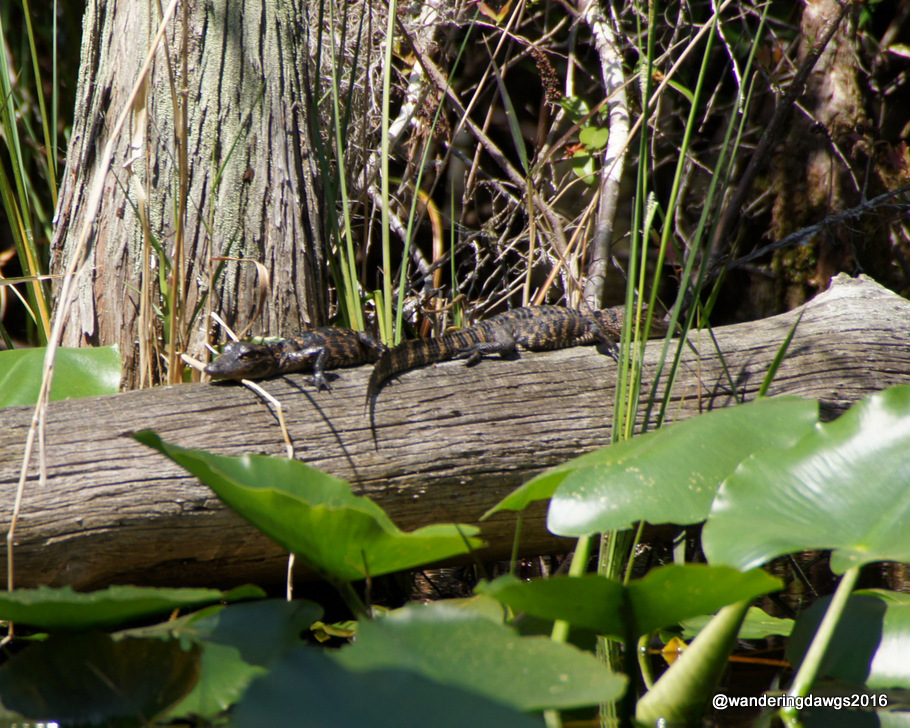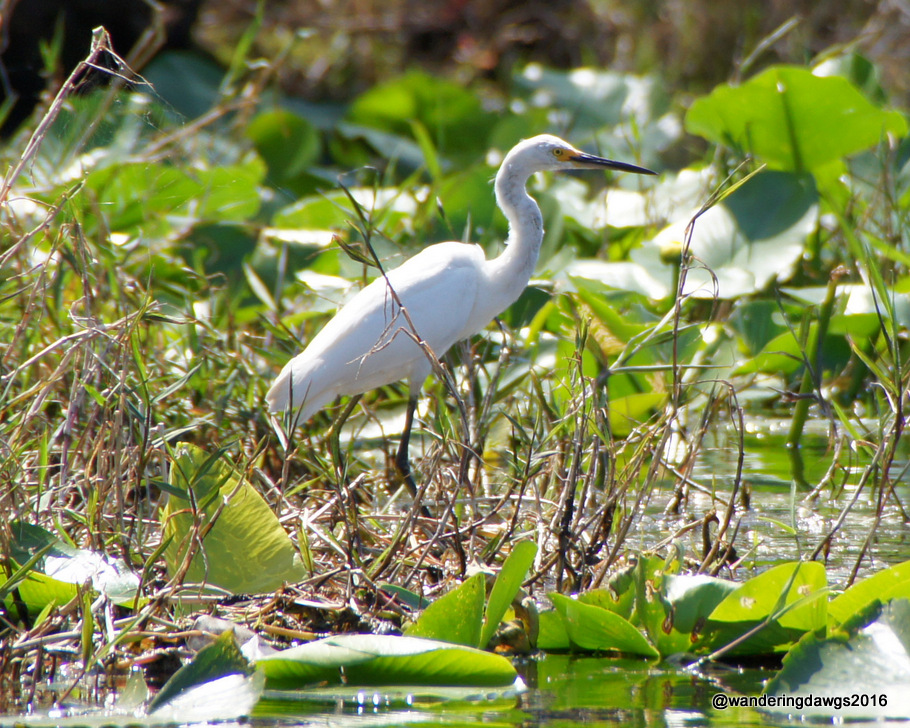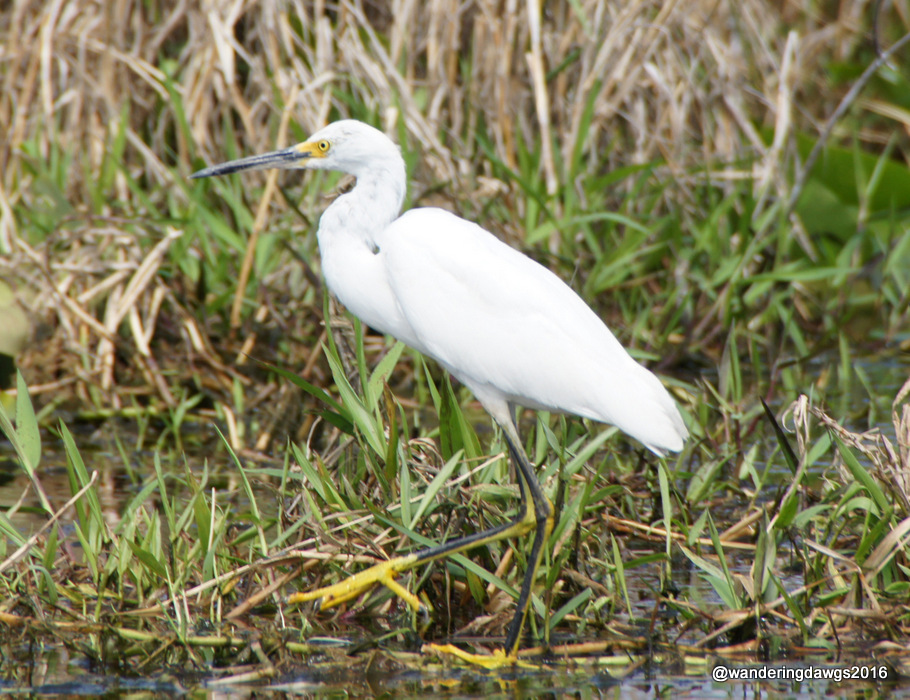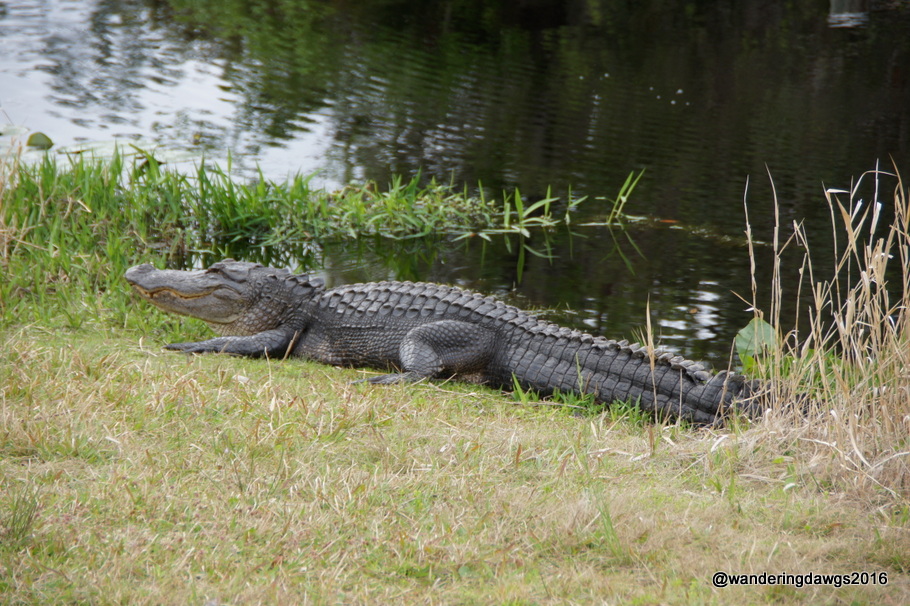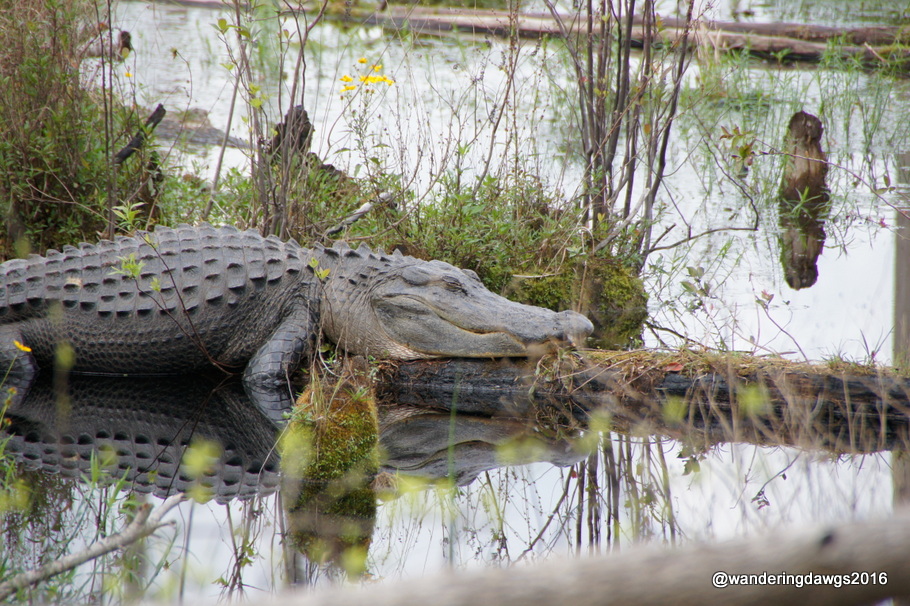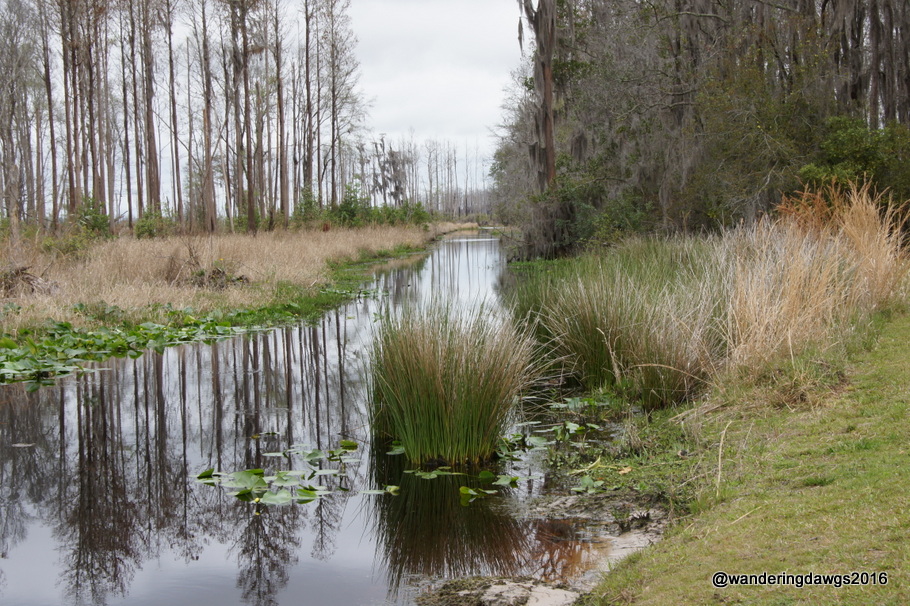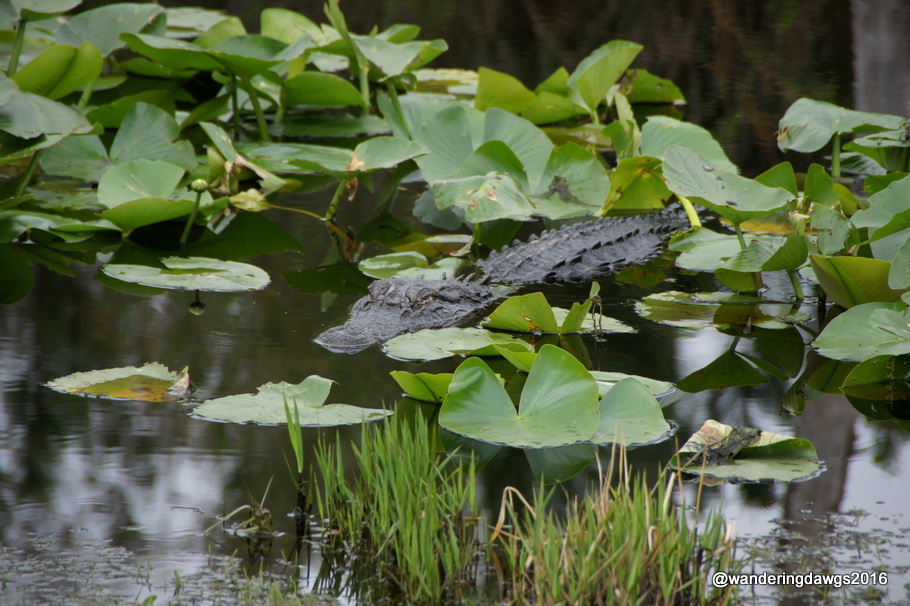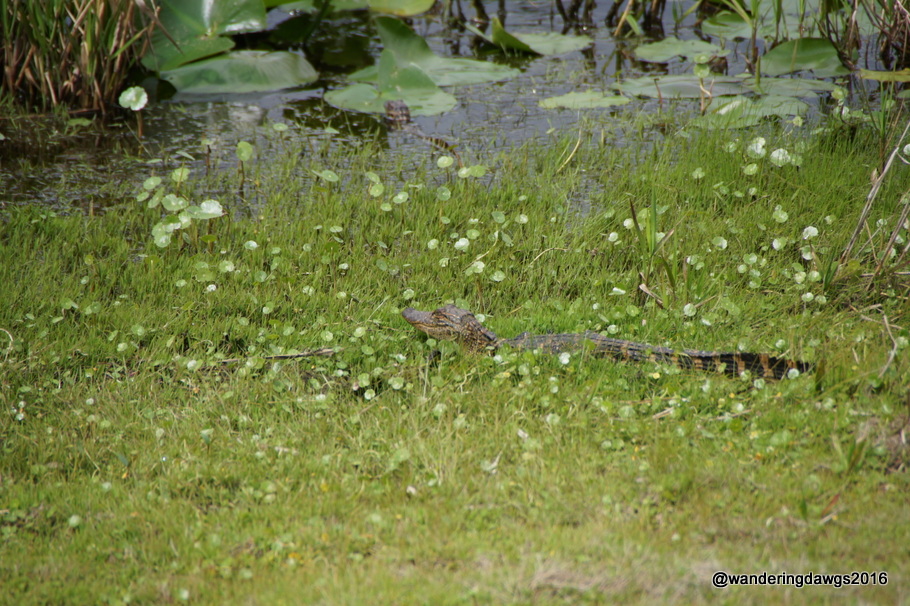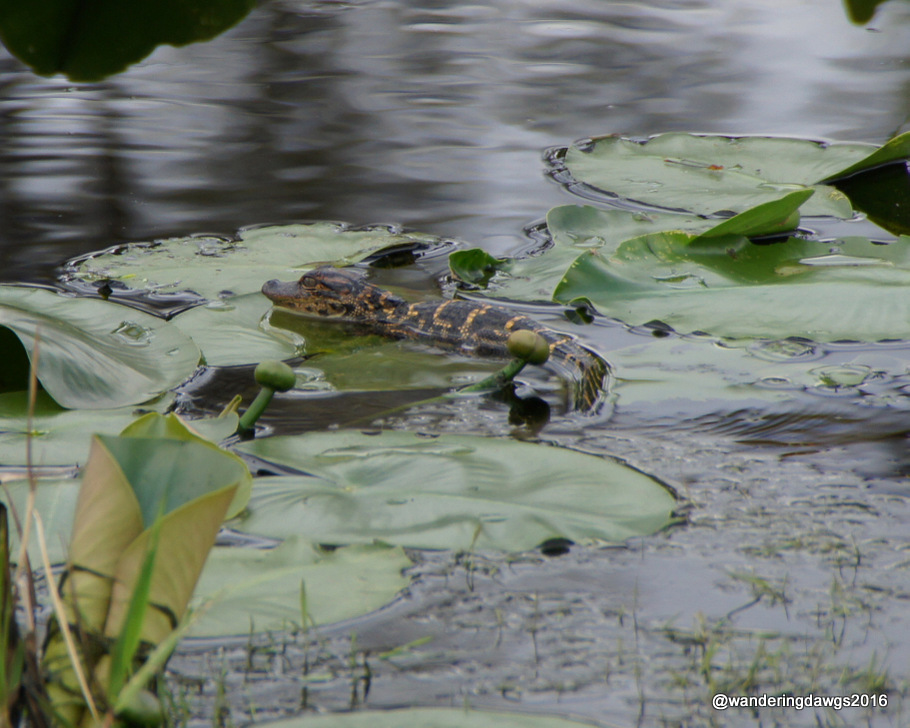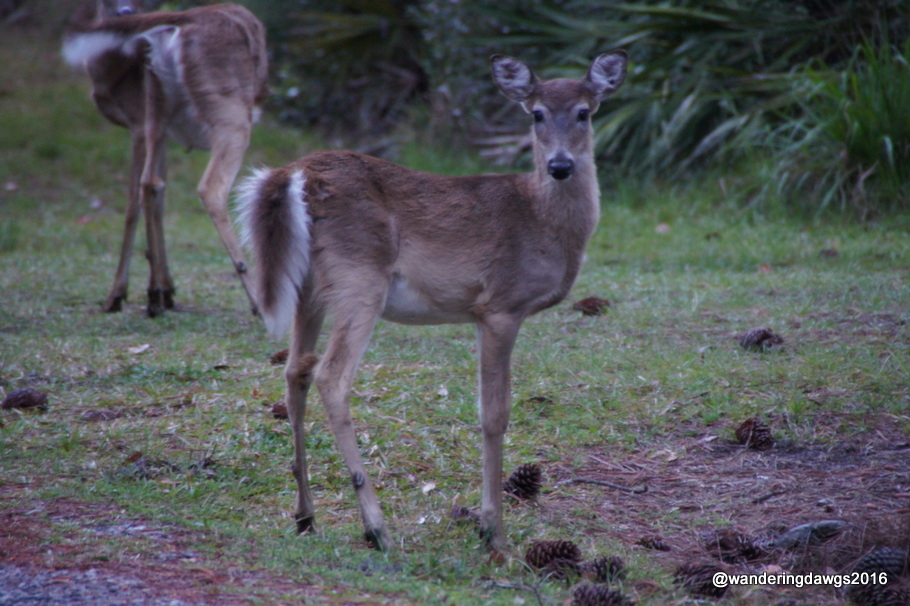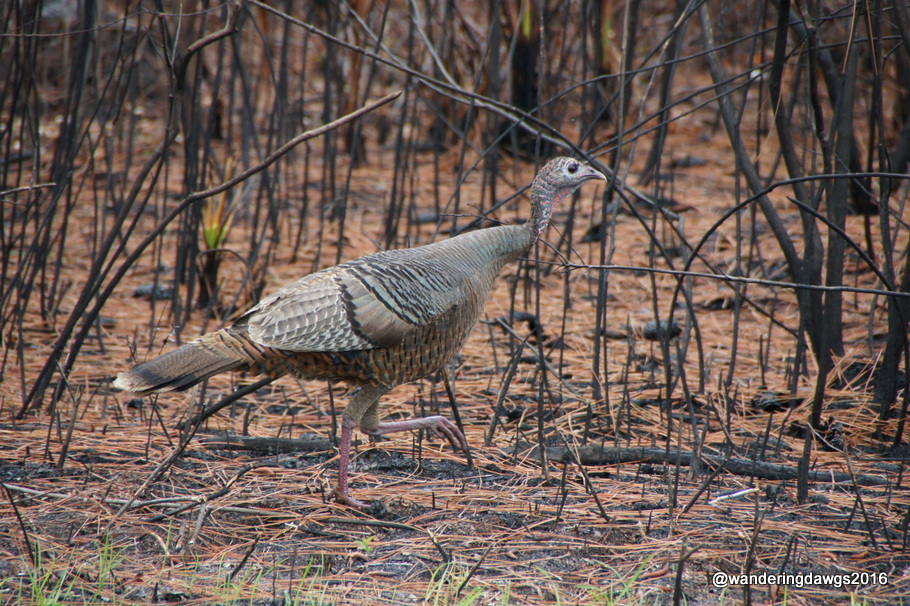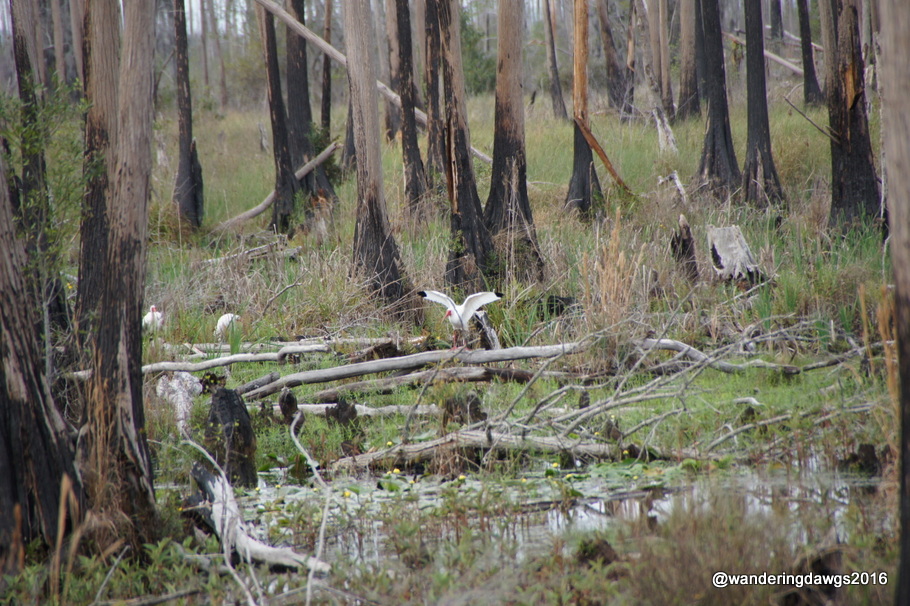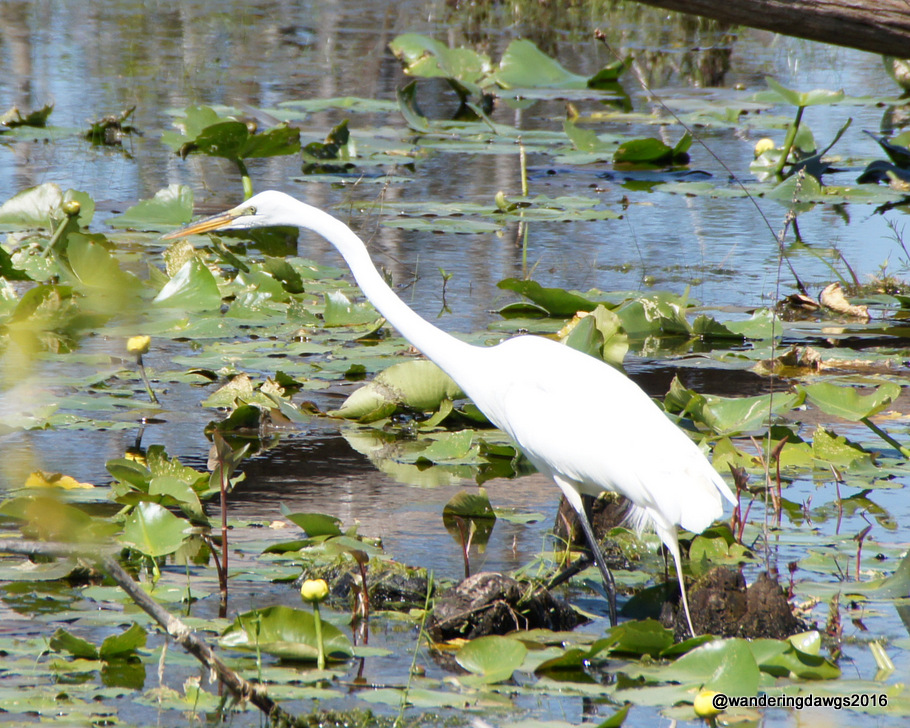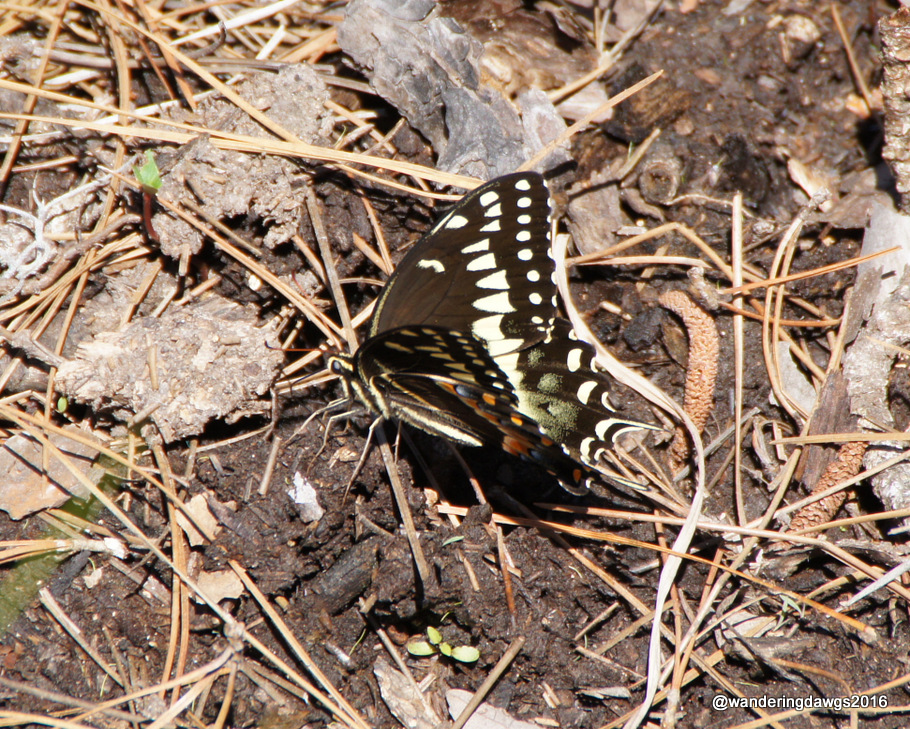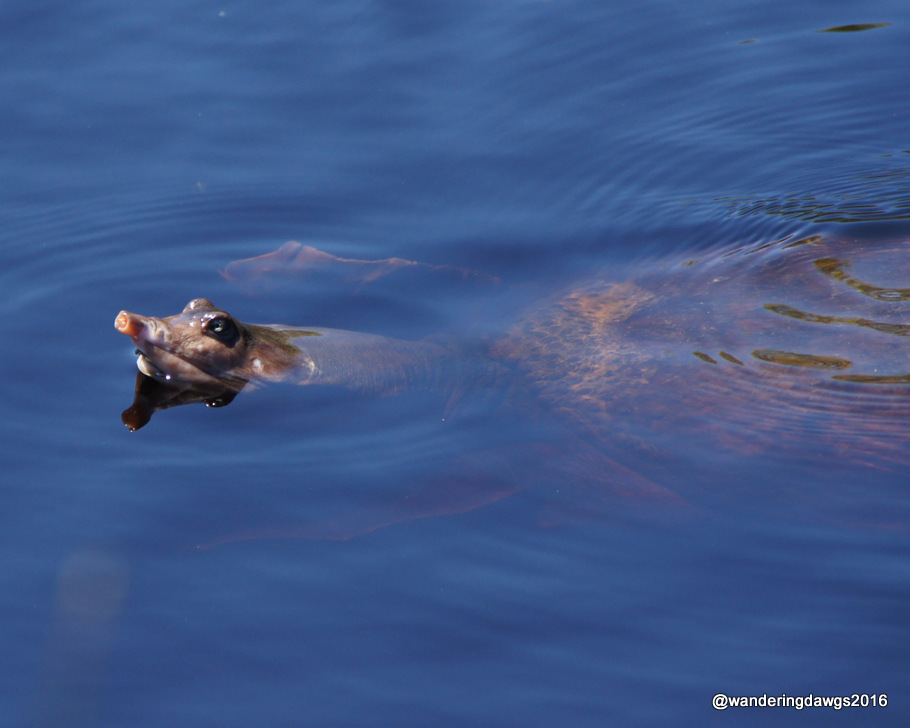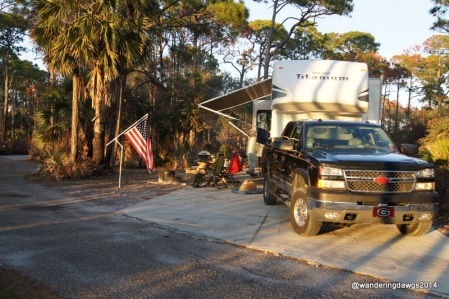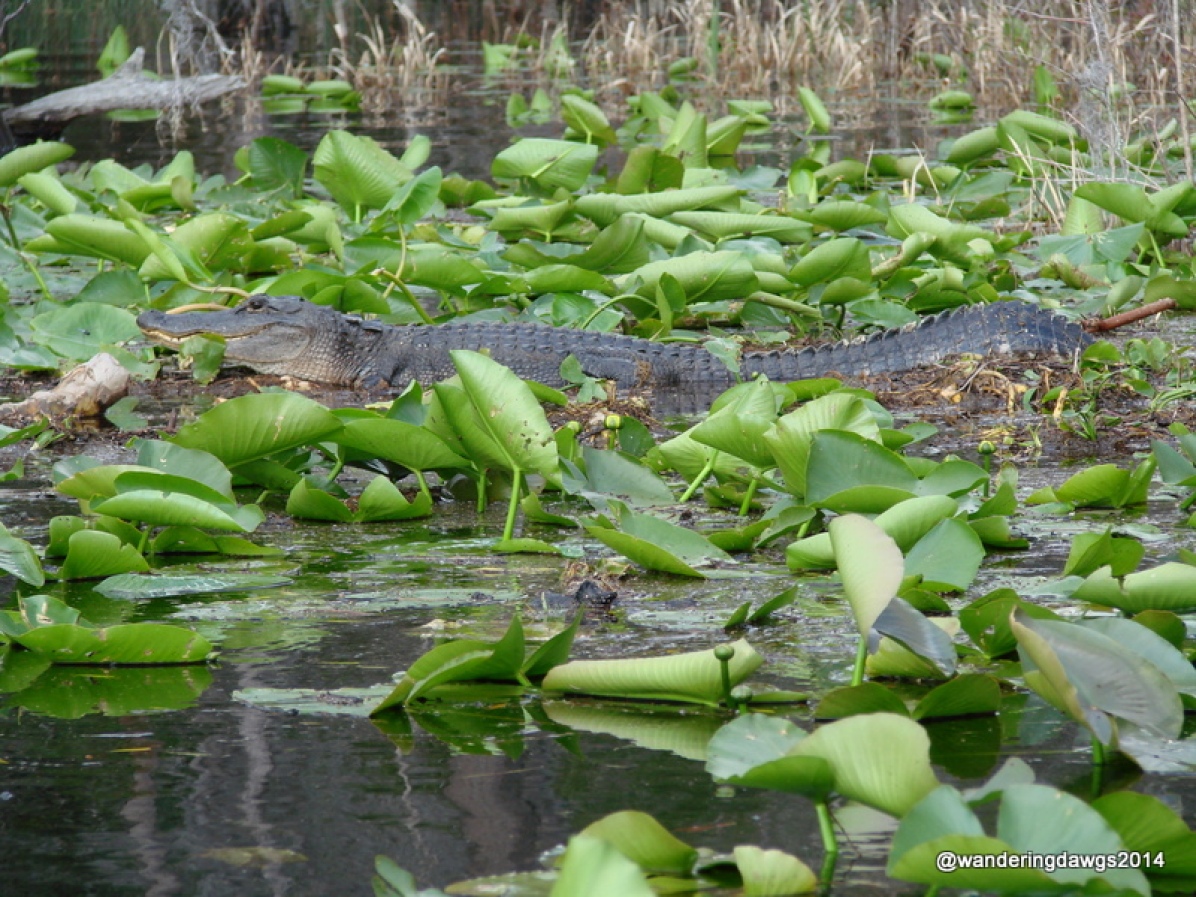Okefenokee – “the Land of Trembling Earth”
What better way to begin our winter southern adventure than a stop in one of our favorite state parks, Stephen C. Foster State Park in the Okefenokee National Wildlife Refuge.
Much of the swamp is covered with thick peat deposits. The early Native Americans named the area Okefenokee which means “land of trembling earth” because they felt the movement of the peat beneath their feet as they walked.
There were deer in the campground every day. One day we took a walk on the boardwalk nature trail near the marina and watched an egret searching for food.
The Okefenokee Swamp is one of North America’s most unspoiled natural wilderness areas. According to the U. S. Fish and Wildlife Service Okefenokee National Wildlife Refuge web page, “the Okefenokee National Wildlife Refuge has 353,981 acres of National Wilderness Area within the refuge boundaries.
We always enjoy going out in a boat to explore the swamp. On our last visit we enjoyed our ranger guided boat tour so much we decided to go on another tour. While waiting for the tour to begin we wandered around the boat ramp and discovered Mama gator Sophie lounging by the ramp with some of her babies hanging out nearby.
As we rode through the man made canal into the swamp we spied more young gators on the bank enjoying the warm day.

A large gator checked us out as we exited the canal into the swamp.

After a few days of cloudy skies and chilly days the sun was starting to warm things up. The warmer weather brought out plenty of wildlife.
The water winds through ancient cypress trees and water lilies.



